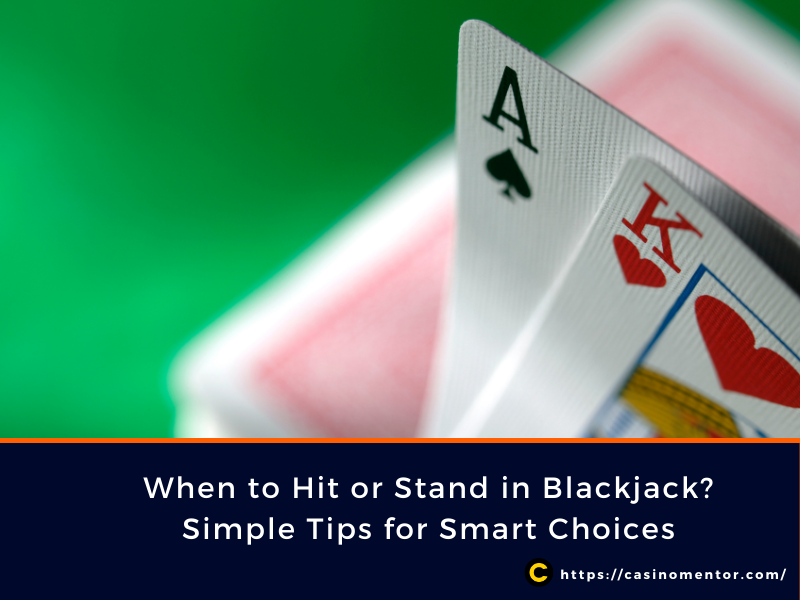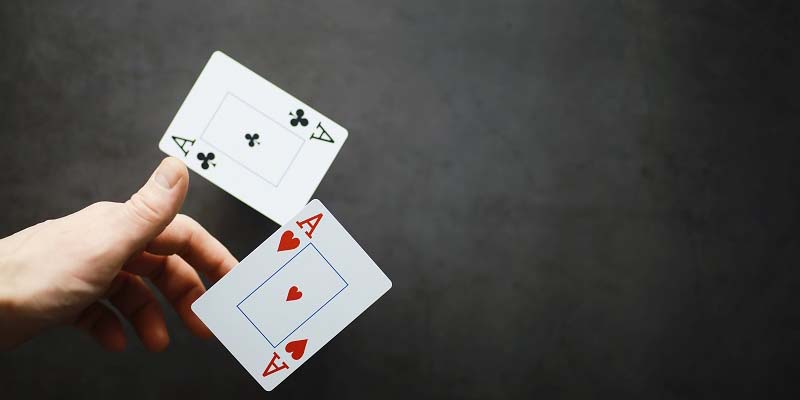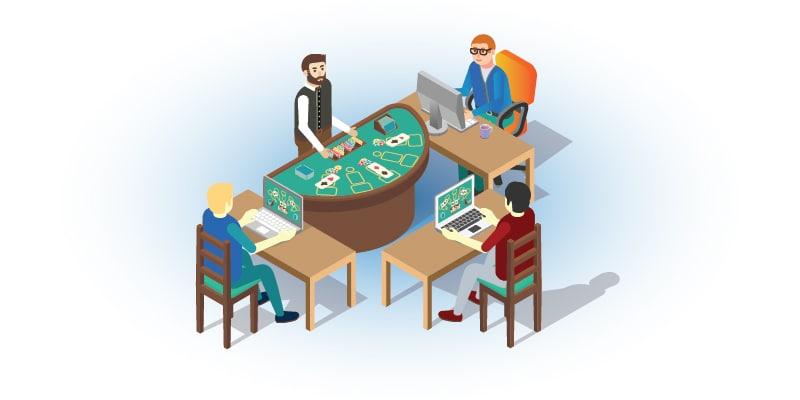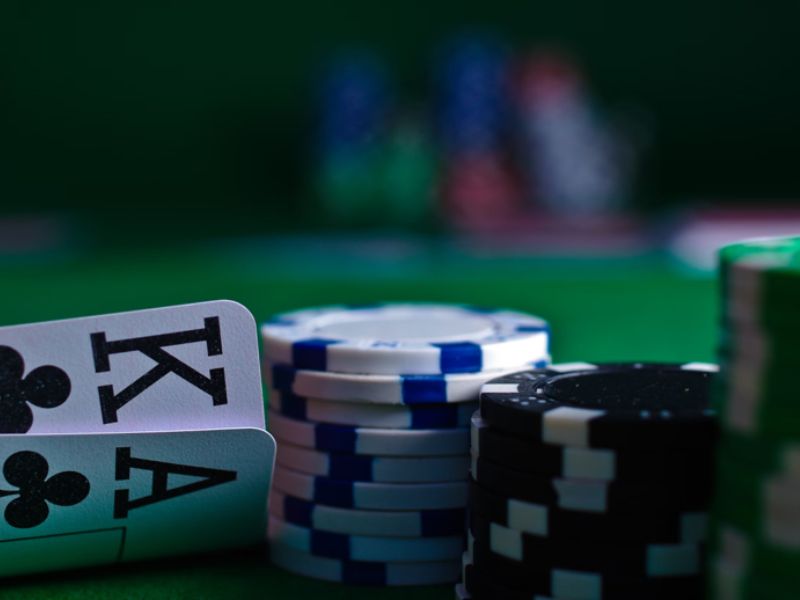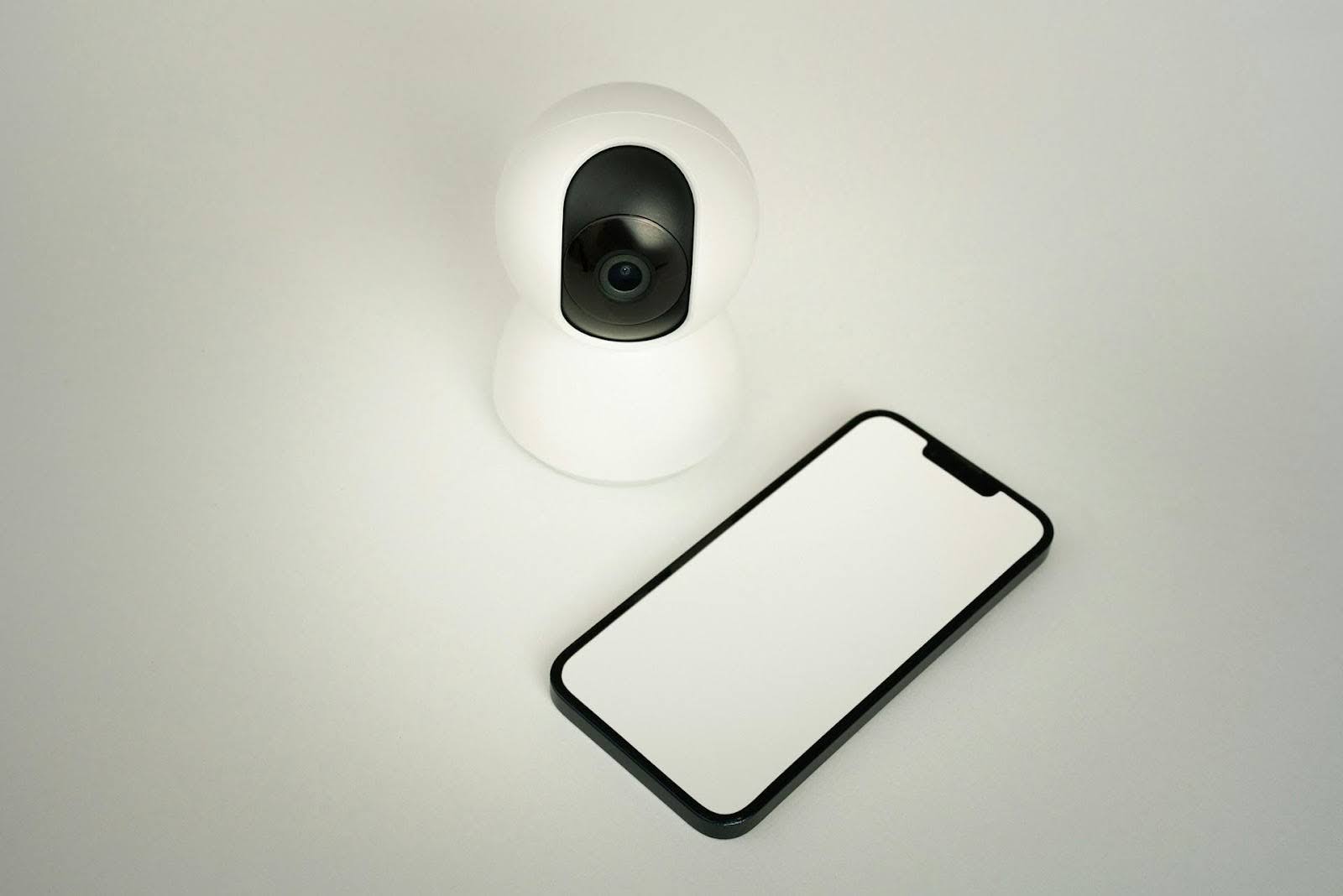Hard and Soft Hands in Blackjack: Which Hand Type Is Better?
Many newcomers to the vast world of 21 gambling struggle to comprehend the distinction between soft hands and hard hands. The thing is, even if their total is the same, optimal playing decisions for soft and hard hands differ significantly.
This article will examine the fundamental distinctions between soft and hard hands in blackjack, how they differ, which of the two is more advantageous to players, and how they pertain to fundamental blackjack strategy.
What Does Hard and Soft Mean in Blackjack?

In the blackjack game, each round begins with each player, and the dealer gets two cards. Your "hand" consists of your two cards. When playing blackjack, the ace is valued at 11 or 1. So, it can be the highest or lowest-ranking card in the game. Depending on the value of the Ace in your hand, you can have a soft hand or a hard hand.
Soft Hand Blackjack
The player is dealt two cards at the start of the game, and if one of them is an ace, the player is thought to have a soft hand.
This is due to Ace's ability to be either 1 or 11, depending on the other cards. In other words, you have a soft hand if one of the cards in your hand is an ace, which may be counted as two different values.
If you have a soft hand, your chances of busting are nearly none.
Assume you are given two cards in your initial hand and receive an ace and a 7. If you count an ace as 11, the value of your hand is 18. However, if the ace is counted as one, the value is just eight. You then obtain a third card, but none of them are worth enough points to put you above 21.
Aside from the ace, the highest-ranking cards in blackjack are the tens and the face cards, including jack, queen, and king. All of which are worth ten points. After starting with a soft hand, you can acquire a blackjack if you get a 10 and an ace, then another 10, and you'll end up with 21 (counting the ace as 1, of course). A soft 17 is a hand that consists of an ace (which counts as 11) and a 6. Similarly, a soft 13 comprises an ace and a 2.
The blackjack soft hands technique eventually makes it impossible to lose a hand with an Ace. If you hold an Ace and play blackjack online, it will be counted as 1 if your hand exceeds 21.
Hard Hands Blackjack
In blackjack, there are two sorts of hard hands: those without aces and those with an ace. A hand is classified as a hard hand when an ace counts as one point.
The hard hand with an ace:
The essential thing to remember when you have this hand is to avoid going beyond 21.
The hand is hard if, for example, you have a 10, a 3, and an ace. If your ace counts as 11, the value of your hand is 24 (10+3+11), and you would "bust" or be out of the game since you went over 21; but, if your ace counts as 1, the value of your hand is 14 (10+3+1), and you are still in the game.
At this moment, you can choose to "hit" (draw another card) or "stand" (you end the game and wait to see if the dealer can beat your 14 or if you beat the dealer).
The hard hand without an ace:
A hard hand in blackjack, in addition, can also denote the lack of an Ace.
For example, a hard hand without an ace would be a 10 and a 6, resulting in a hard 16. This is one of the most complicated hands to play in blackjack since your chances of winning significantly decrease.
However, you need to know that not every time you are given cards that do not include an ace means you have a hard hand. If you can add another card to your hand without going bust, your hand is not considered hard.
This occurs when you have low-value cards, such as a 2 or a 3. You then opt to hit, knowing that no matter what your third card is, you will not get above 21. Hard hands are those in which an extra card might cause you to go broke.
Blackjack Strategy With Soft or Hard Hands
The soft and hard blackjack hands approach is undeniably different, and a player must be familiar with both. The gambler must first comprehend the fundamental approach to use the two types of hand blackjack strategy properly.
Soft Hand Strategy
A soft hand gives the player some of the finest chances to earn big money. This is how it is done. Assume the dealer has a 4, 5, or 6 as an up card and is in some danger. The player, on the other hand, has a delicate touch. As a result, he can double down on his hand to maximize his earnings. This will also eliminate the risk of bursting. Doubling down soft blackjack hands is a method that expert blackjack players devise and execute effectively.
Since a soft hand may be improved and exploited to reduce the house edge further, a rule permitting the dealer to strike a soft 17 was implemented. When the dealer strikes a soft 17, the house has an opportunity to strengthen its hand against the player's soft and less risky hand.
Hard Hand Strategy
When faced with a hard hand, the player must design an excellent hard-hand blackjack strategy, the success of which is primarily reliant on his grasp of the fundamental strategy.
The best method to play a blackjack hard hand is to stick to fundamental tactics. If you get a hard hand, you should presume the dealer has a ten in the hole. For example, if the dealer displays a 10 on his up card, presume he has a 20. Most of the time, calculating an expected total will be critical to winning the hand.
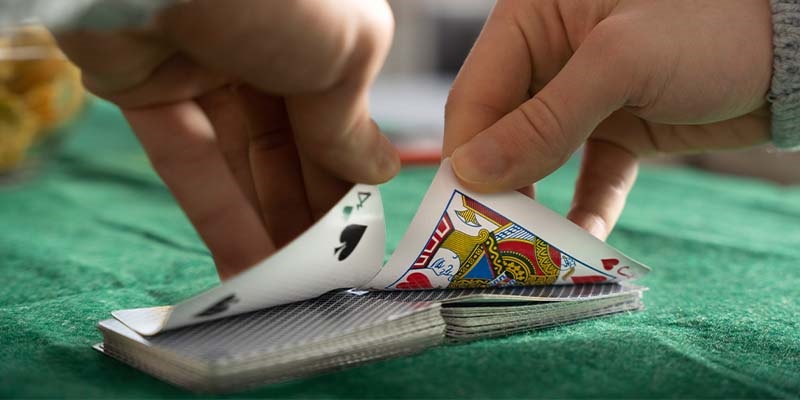
If the dealer has a lower card, such as a 6 or below, the player with a hard total must stand and hope that the dealer’s hand would exceed 21. One thing to remember while playing a hard hand is not to be afraid to strike hard totals of 14, 15, or 16 against the dealer's 10.
Besides surrendering, which is frequently prohibited, hitting is the only choice. The player must resist the urge to stand on these high totals. Instead, they must always hit the hand until it busts or they reach 17.
Which Hand Type Is Better?
Theoretically, soft hands make better advantages for the players because they provide them greater flexibility, allowing them to move the sum of their cards back and forth until they achieve a strong enough hand against the dealer's upcard. More specifically, these important hands allow you to increase your total without risking a bust on the next shot.
In reality, as the following example shows, it is impossible for a player to bust with a soft hand by drawing the third card from the shoe. You begin the round with Ace and 4, but count the Ace as 11 since a value of 1 is not acceptable in this situation. At this moment, no third card can bust you since you may easily reduce the value of your Ace to 1 if you capture anything greater than a 7. If that happens, your soft hand becomes hard, and you continue playing according to basic strategy.
Assume you hit and pull a 7, giving you the greatest possible total of 21, which is unbeatable. Only if the dealer has a blackjack may you lose. In the worst-case situation, you and your partner will push.
But what if your third card is something else? For example, if you catch a 5, your A-4 becomes A-4-5 for a soft 20. This hand is still vulnerable to striking because the Ace can still be counted as 1 or 11, but you stop from hitting any further. With a total of 20, you are already in the safe zone, so there is no need to risk destroying your hand by drawing more cards.
In addition, soft hands are superior to firm hands for another reason. They let you make some extremely helpful doubling-down decisions and improve your betting action during a round, especially when your dealer is in an unfavorable position with upcards 3 through 6. In this case, you might boost your winning potential by playing more aggressively.
The Frequency of Occurrence of Hard and Soft Hands
According to blackjack specialists, there are 34 totals available at the start of a betting round. Up to 14 of those will be hard totals, which include 5, 6, 7, 8, 9, 10, 11, 12, 13, 14, 15, 16, 17, 18, and 19. Eight of those will be soft hands, such as A-2, A-3, A-4, A-5, A-6, A-7, A-8, and A-9, while the remaining ten will be paired cards, A-A, 2-2, 3-3, 4-4, 5-5, 6-6, 7-7, 8-8, 9-9, and 10-10.
In this context, we regard blackjacks with an Ace and ten-value cards as unique situations since the Aces in these hands always count as 11.
But how frequently do those hands appear following a reshuffle? Because ten-value cards outweigh all other card denominations, paired tens, Kings, Queens, and Jacks should be the most common. These occur somewhat more than 9% of the time and are followed by hard totals 12 through 16. The rationale for the greater frequency of hard hands is similar: more card denominations may be combined to generate these hard totals.
Naturals are next in line. Because of the enormous number of cards that offer you this combination, they also have a reasonably high frequency of occurrence, which is 4.7 percent. Paired cards, except paired ten-value cards, and soft hands infrequently occur, at less than 1% and 1.1 percent, respectively.
Conclusion
Soft hands and hard hands are essential blackjack strategies that you need to master to become a skillful blackjack player. This article has compiled insights into these two types of hands for new players. However, to get the most out of these two hands, you need to have a deeper understanding of the complex blackjack strategies to be able to make the most profitable decisions in all game situations. You can check out our website's academic articles on blackjack to learn more.










